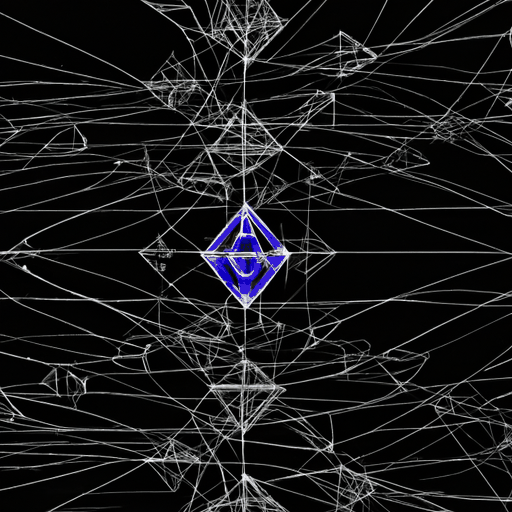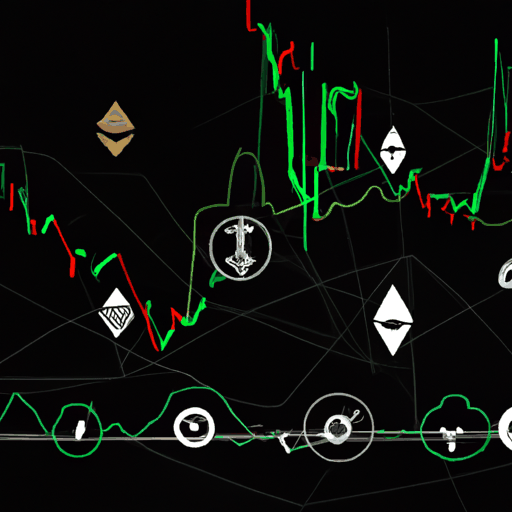
Learn Concept: Ethereum Layer 2 Scaling Solutions
By: Isha Das
Ethereum, the second-largest cryptocurrency by market capitalization, has been striving to scale its blockchain to accommodate the growing number of decentralized applications (dApps) and users. Layer 2 scaling solutions have emerged as a pivotal development aimed at enhancing the performance of the Ethereum network without compromising its security and decentralization.
Layer 2 solutions are built on top of the Ethereum blockchain and often involve offloading transaction data from the main chain to secondary layers. These solutions are designed to improve transaction speed and reduce fees, which are common issues plaguing the Ethereum network due to its architecture.
Prominent Ethereum Layer 2 solutions include Optimistic Rollups, zk-Rollups, and Plasma. Optimistic Rollups assume that all transactions are valid and only verify them if a dispute arises. zk-Rollups leverage zero-knowledge proofs to confirm transaction validity with fewer data on the main chain. Plasma, although less favored now, aimed to create child chains branching from the main Ethereum chain.
This evolution is essential for Ethereum's future growth, enabling it to handle mainstream applications with extensive user bases efficiently. Ethereum's transition to Ethereum 2.0, focused on changing the consensus mechanism to Proof of Stake (PoS), also complements these Layer 2 solutions, creating a dual strategy for scalability.



